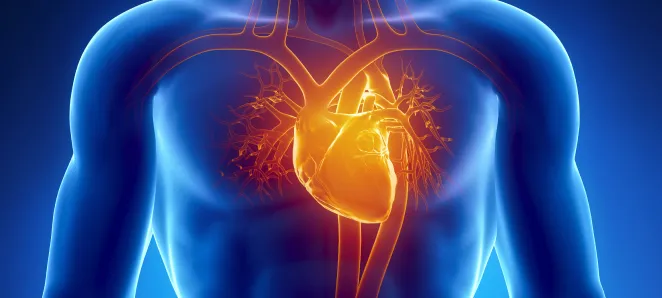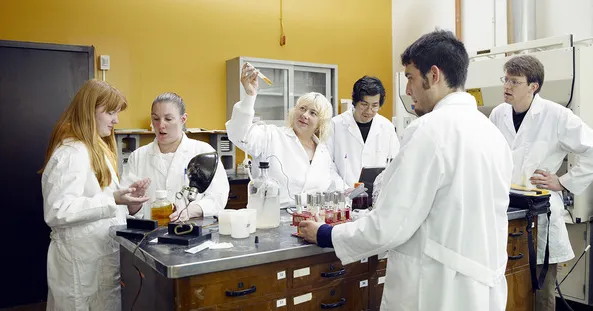
In 1977, a atomic power plant in Forsmark, Sweden, began pumping cooling effluent from its reactors into “Biotest Lake,” a manmade, 84-hectare surrounded body of water jutting out from the Baltic Sea. Separated from its aquatic geographical region and that includes a surround that was systematically some six to ten degrees Anders Celsius hotter than the encircling Baltic, the lake provided, united cluster of researchers place it, “an unexampled model to look at the semi-permanent physiological responses of temperate fishes facing a severe climate-warming state of affairs underneath ecologically realistic conditions.”Some native species quickly disappeared from Biotest Lake, whereas others persisted. the eu perch, above all, tested remarkably resilient. however it became clear that it had been not identical fish it accustomed be. Biotest perch had apparently undergone a point of genetic choice and physiological adaptation: These fish were larger than management specimens, had smaller organ plenty, and, crucially, had a lower resting pulse rate than management fish placed in a very warm atmosphere.
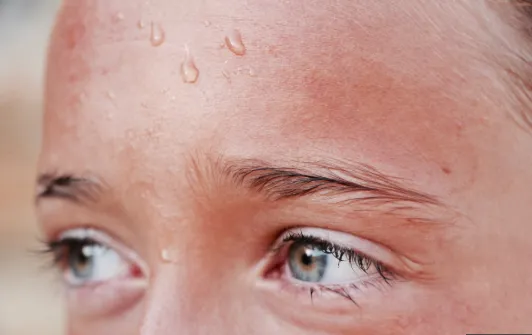
The popular imagination, once considering temperature change impacts, usually focuses on low-lying rise and the way coastal dwellers can adapt. The poster for the Hollywood disaster film The Day when Tomorrow shows the torch of the sculpture of Liberty rising from the ocean. Kim Stanley Robinson’s novel big apple 2140 imagines a submerged Gotham within which the made continue to exist safe higher floors of Manhattan skyscrapers.But heat could also be the larger story. Climate scientists Steven playwright and Matthew Huber means that “if warmings of ten degrees Anders Celsius were extremely to occur in next 3 centuries, the realm of land doubtless rendered unlivable by heat stress would dwarf that full of rising water level.” Heat stress, scientists argue, “deserves a lot of attention as a temperature change impact.” There ar already projections that some places within the Persian Gulf might be, while not “significant mitigation,” just about unlivable by the tip of the century. A paper by Alistair Woodward, head of medical specialty and bio statistics at the University of Auckland, and his colleagues comes that by 2085 solely some of cities outside western Europe may placed on a “low risk” Summer athletic competition. Already, the 2022 tourney, hosted by Qatar, has been affected to winter, a cultural shift on the order of pushing Christmas to July.
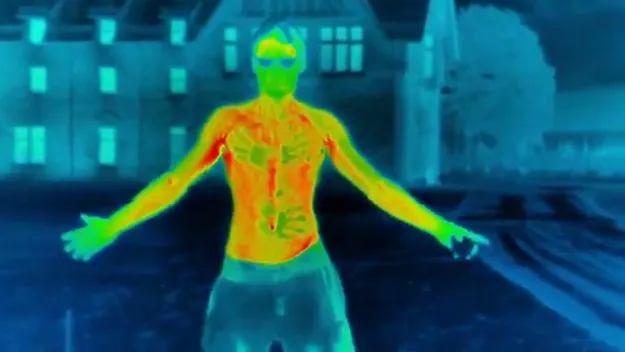
Unlike the fish within the Biotest lake, we tend to humans will adapt by dynamic our behaviors.⁴ and that we are already. “If the current population had identical sensitivity to heat as that of the first twentieth century,” one analysis suggests, “the weather determined throughout the amount 1980–2009 would have resulted in additional than fourfold the amount of determined deaths (2,993 versus 689).”But because the temperature continues to climb, dynamic our behavior might not be enough to shield U.S.A.. can we tend to wither away, or, just like the perch, can our physiology begin to adapt?Sweating, in line with one theory, could be a central a part of the story of human evolution. man transitioned to a savannah atmosphere from cooler, wooded environments exactly due to|thanks to|attributable to} climate change⁶: Associate in Nursing augmented aridification which will are the result of international climate pulses, or a lot of native tectonic uplifts that solid abundant of geographic region into a area.⁷ we tend to were suddenly compelled to hide long distances within the heat to trace down a lot of intermittent food sources.

So, united strand of argument goes,⁸ we tend to lost our fur and switched nearly entirely to thermal, or eccrine sweat organs (“the most copious water-producing gland possible”). Humans became the sole naked, two-footed mammals whose bodies ar primarily cooled by Associate in Nursing eccrine organ system.⁹ “In humans,” notes life scientist Hanns-Christian Gunga, “the most sweat production in respect to the body extent is markedly over in the other organisms.”¹⁰ Our fresh upright, a lot of slender posture conjointly helped: Our bodies affected farther off from the new ground and have become less exposed to overhead sun.The changes allowed U.S.A. to become persistence runners, ready to track prey for hours while not developing health problem,¹¹ albeit running generates the maximum amount as ten times a lot of heat than walking.¹² (It’s no coincidence that {one of|one among|one in a veryll|one amongst|one in every of} the best volumes of sweat output ever tracked in a human was that of noted runner Alberto Salazar.¹³)
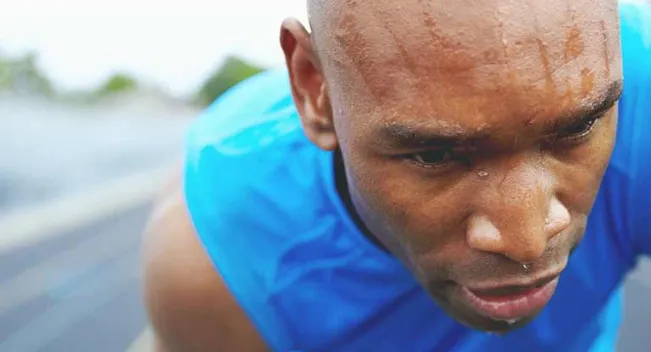
Heat, then, helped create U.S.A. United Nations agency we tend to ar nowadays. Like all animals, humans are physical science machines that require to take care of Associate in Nursing energy balance. As the environment warms up, our balance changes.Most people have a stimulating ability to acclimate to heat, a method that usually takes a couple of weeks however begins soon. Our bodies adapt in a very variety of ingenious ways that.¹⁴ The saline content of our sweat, at the start as high as sixty milliequivalents of substance per cubic decimeter (mEq/L), bit by bit declines, obtaining as low as ten mEq/L as our body fights to retain valuable Na. Electrolytes begin to lower the vapour pressure of our sweat itself, creating phase change cooling a lot of economical. Our metabolism shifts, plasma volume expands, proteins that shield against heat shock build up. analysis subjects United Nations agency will scarcely complete a walking take a look at within the heat on day one are nailing it by day seven.
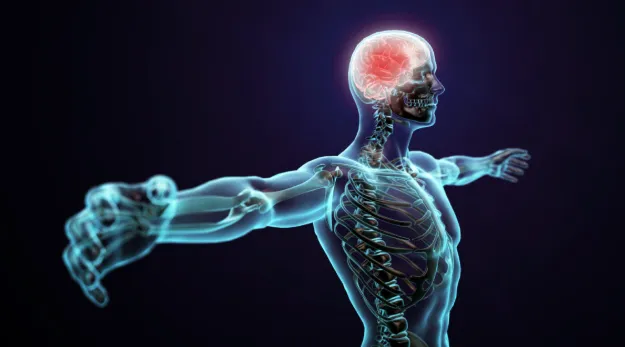
Perhaps not astonishingly, in lightweight of our supposed running past, fitter subjects ar higher ready to handle augmented temperatures, notes Jennifer Vanos, a research worker in biometeorology at UCLA. To adapt to heat, of course, you've got to be within the heat. “You don’t need to be running on a treadmill in air con each day” Vanos says. “It’s sensible to show yourself to hotter temperatures.” and therefore the adaptation solely works up to some extent. Bean Town Marathon winning times decline 2 minutes for each 10-degree increase in temperature.¹These are all acute, short changes. however there's proof we will regulate ourselves to environmental conditions over longer time horizons. A 1968 study found that Bantu staff in South African gold mines — where health problem deaths were common — had a stimulating heat resiliency. The miners were placed in climate chambers with steady increasing “wet bulb” temperatures (equal to the air temperature at one hundred pc wetness and not up to the air temperature at lower humidity). whereas things did get fluky at 2 hours at one hundred degrees physicist (“a variety of men became aggressive, a couple of became hysterical, and a couple of maintained a stoic silence”), the researchers were affected by the off-the-charts performance of the Bantu subjects compared to benchmarks noted in alternative studies. It wasn’t higher fitness, the researchers noted, however a “greater stability of the cardiovascular system.”

Over even longer time horizons, we all know that a lot of trans formative adjustment will occur. as an example, wherever an individual lives — and significantly, wherever they pay the primary few years of life — influences however they sweat. Arctic peoples just like the Ainu, analysis has found, have fewer sweat glands than folks living accommodations in tropical climates. One 1974 study, titled “Regional Sweating in Eskimos Compared to Caucasians,”¹⁷ found that male person Eskimo subjects had a lot of sweat glands on their faces and relatively fewer on areas of the body usually lined by winter clothing — as if that they had terribly specifically tailored to the requirements of their atmosphere.
The Biotest perch exposed to heat nuclear effluent may adapt solely up to some extent, so they hit a physiological ceiling. At an exact threshold — 4.6 degrees Anders Celsius higher than their Biotest high temperatures — the perch were a lot of no doubtless than their unadapted Baltic-dwelling neighbors to survive a short lived heat shock. The perch had tailored, however they were living on the sting of survivability, and this solely became clear by touch them even tougher.Humans will have their own ceiling. playwright Associate in Nursingd Huber note that the second law of physics “does not permit Associate in Nursing object to lose heat to an atmosphere whose TW” — that’s the wet bulb temperature again — “exceeds the object’s temperature, regardless of however wet or well aerated.” In alternative words, once an exact threshold is reached, we will not cool ourselves by convection or evaporation. the environment becomes, in effect, a steam room; sweating, our nice adaptational tool, is not any longer effective. Those grassland areas wherever biological process changes were aforementioned to possess taken place — places like Kenya’s Turkana Basin¹⁸ — were hot, however not essentially the wet-bulb hellscapes that some temperature change models ar projected.
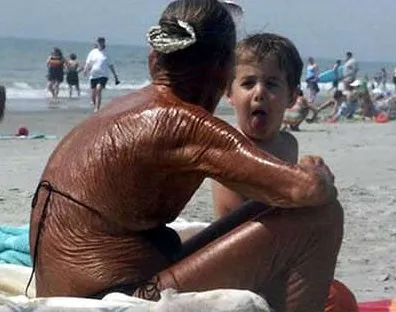
Studies have known the “critical thermal maximum” as thirty five degrees Anders Celsius, that is that the same as human skin temperature. (Our core temperature is slightly higher, at thirty seven degrees.) As Jeremy Pal and Elfatih Eltahir write in Nature temperature change, “35 degrees Anders Celsius is that the threshold worth of Tw on the far side that any exposure for quite six hours would in all probability be intolerable even for the fittest of humans, leading to hyperthermy,” or health problem. Vanos points out that the survivability metric is “just primarily based off of pure physics, [and has] ne'er extremely been tested.”Sometime this century, however, it may be. In recent earth science history, wet-bulb temperature has seldom maxed out at quite thirty one degrees Anders Celsius. And sensible thing: One South African mine study found that “90 % of all health problem cases occurred at wet-bulb temperatures of thirty.0 degrees Anders Celsius.”¹⁹ however Pal and Eltahir project that the deadly 35-degree threshold can more and more be reached by the tip of the century, in regions just like the Persian Gulf and therefore the densely underpopulated regions round the Indus and Ganges basins.²⁰ they're talking concerning temporary heat waves, and, presumably, folks living in those temperatures can, if they'll, create activity adaptations: staying out of the sun, retreating into air con, burrowing underground like desert tortoises.
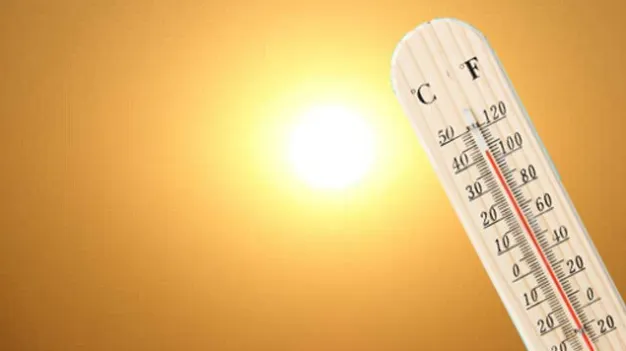
But not everybody are going to be ready to burrow and withdraw. And as temperatures still climb and indoor air-conditioning systems ar strained, some adaptational responses can begin to kick in. within the terribly semipermanent, may we tend to adapt to the new climate traditional the manner our savanna-dwelling forebears once did? may our organs modification, just like the European perch’s did? may our sweat become a lot of higher suited to aridity? Would we tend to become taller and longer limbed therefore on dissipate heat a lot of reliably? may our metabolisms endure a permanent shift?
Humans ar master adapters. The “variability selection” hypothesis, promoted by Rick Potts, director of the Smithsonian Institution’s Human Origins Program, suggests that we tend to failed to evolve to fulfill the requirements of 1 atmosphere however to the exigencies of novel and dynamic environments. “Key hominid variations, in fact, emerged throughout times of heightened variability,”²¹ Potts writes. we tend to ar adaptational machines, living in a very exceptional form of conditions across the world. Witness those living at elevated environments, with abundant less atomic number 8 than the remainder people need, presumptively because of genetic variations passed on from ancestors.²² equally, anthropologist patron saint Roberts and social scientist Brian Stewart argued this month in Nature Human Behavior that humans have graven out a novel status, that they decision “the scholarly person specialist,” outlined by Associate in Nursing ecological physical property.²³ “Not solely did [our species] occupy and utilize a diversity of environments, however it conjointly specialised in its adaptation to a number of these environmental extremes.”

But it’s laborious to pinpoint specific climate-related variations.
Arslan Zaidi, a research worker in biology within the Department of social science at Penn State, has tried to seek out some. he's the author of a paper²⁴ investigation the thought that variations in human naris form could also be the results of variations to climate — the thought being that individuals in hotter climates have wider nostrils, that helps as a kind of internal air con for the physical structure. The paper finds that nares dimension is just “weakly correlated” with temperature, which alternative factors, like sexual choice, might need compete equally necessary roles.
This speaks to the issue in attempting to anticipate somebody's physiological response to rising temperatures. “Evolution,” Zaidi says, “is not as settled united may suppose.” Randomness enters the image, via genetic drift and mutation, therefore it “impossible to predict confidently what’s aiming to happen within the future.” natural process, he adds, is “a weak biological process force in humans, particularly once it involves traits that aren't fatal or fully essential for our survival at Associate in Nursing early age.” Heat is already a threat, however we tend to don’t quit of our thanks to subject our bodies thereto.
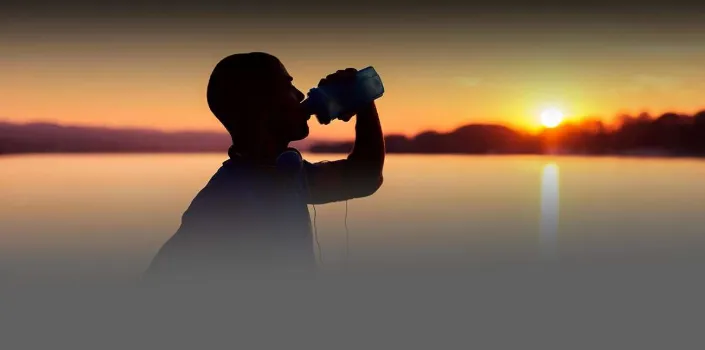
Evolution conjointly takes an extended time. “There could be a stay up for useful mutations to arise — if they ever will — then reach a high enough frequency within the population to be ‘noticed’ selectively,” Zaidi says.“We don’t shrewdness quick adaptation can or will occur,” says medical scientist Woodward. “But it looks unlikely that biological modification are going to be enough. the speed of modification is that the crucial issue, and warming on this occasion is going on orders of magnitude quicker than ever before, as so much as we will tell.”
It’s not clear whether or not temperature change can become the most recent episode in Associate in Nursing biological process history choked with made variations, or whether or not the changes now around can merely be too speedy. however we tend to ar warming up our terribly own Biotest Lake, and therefore the clock is ticking.
